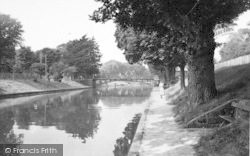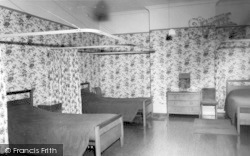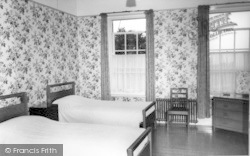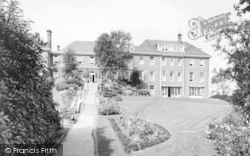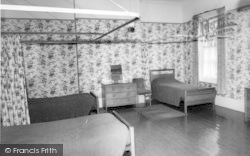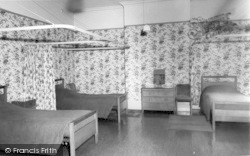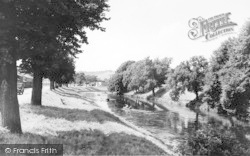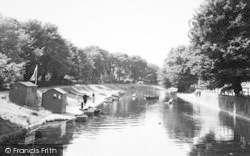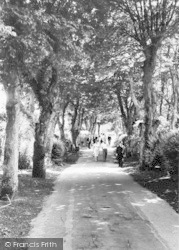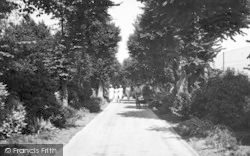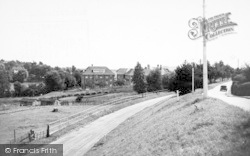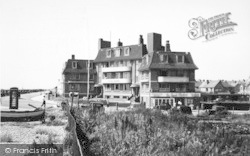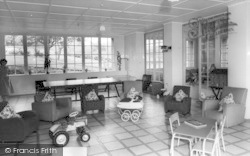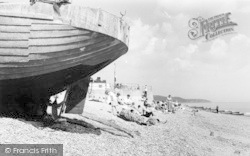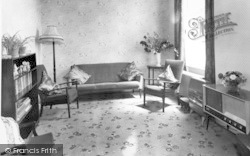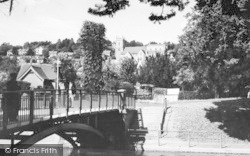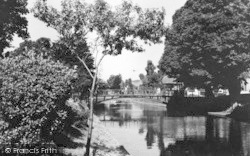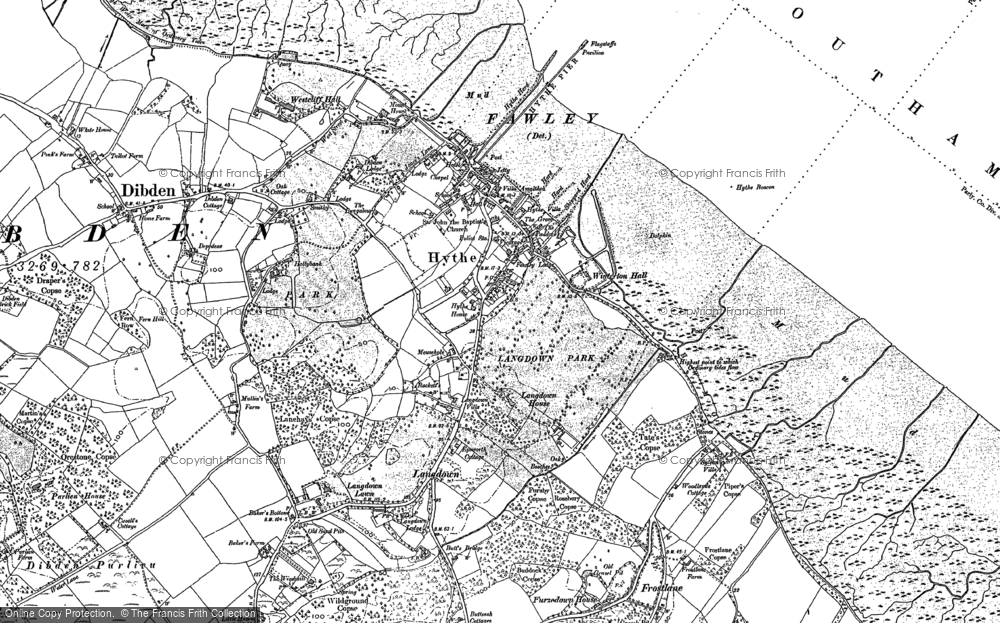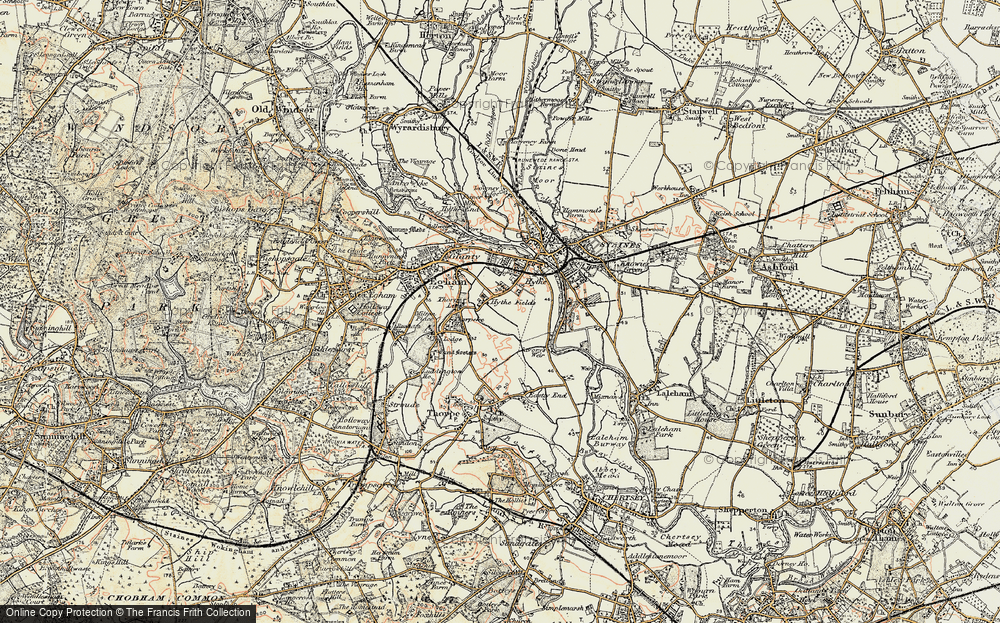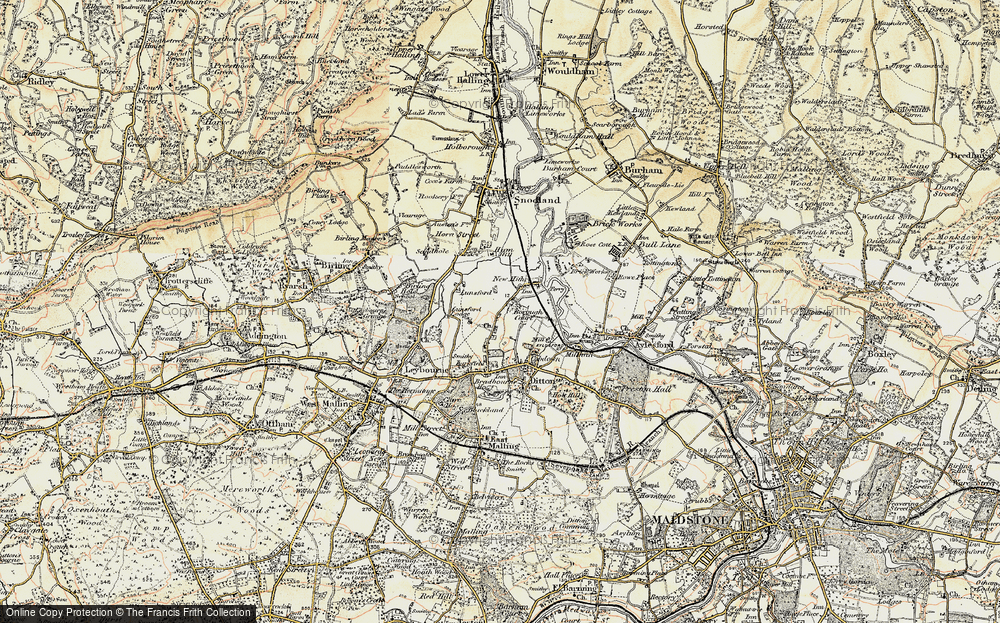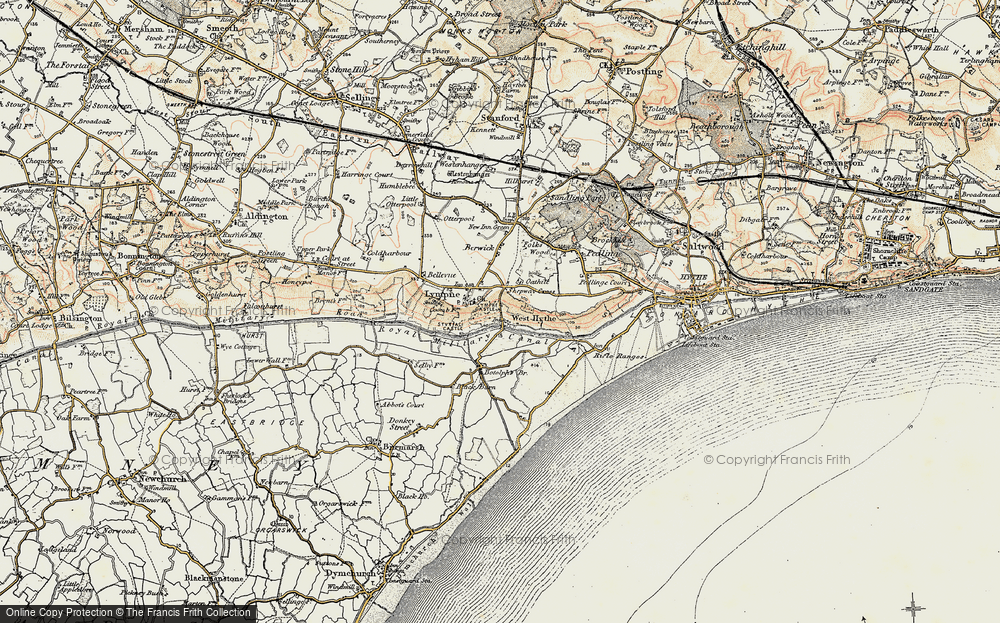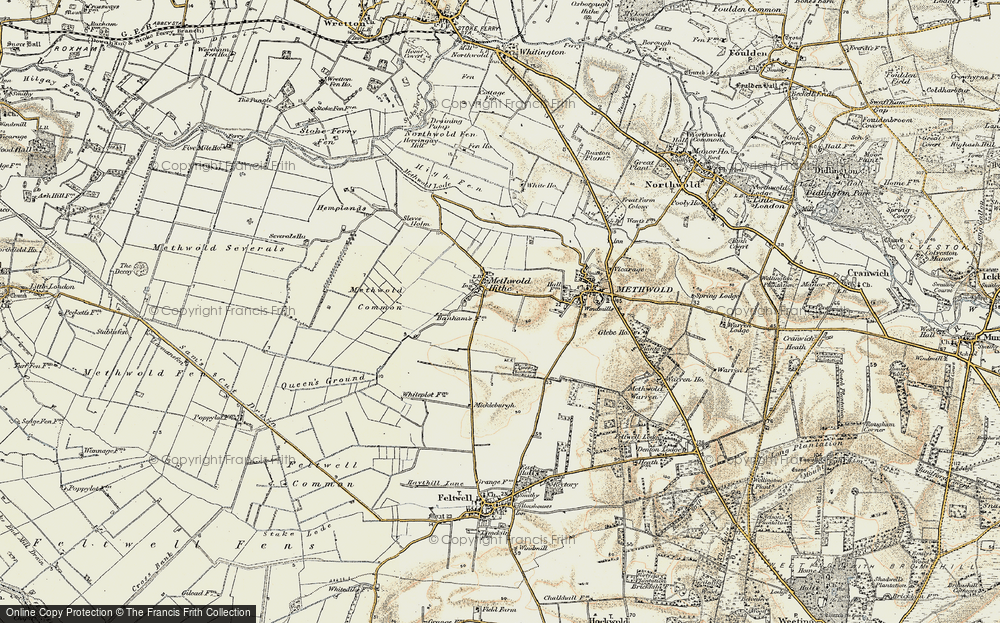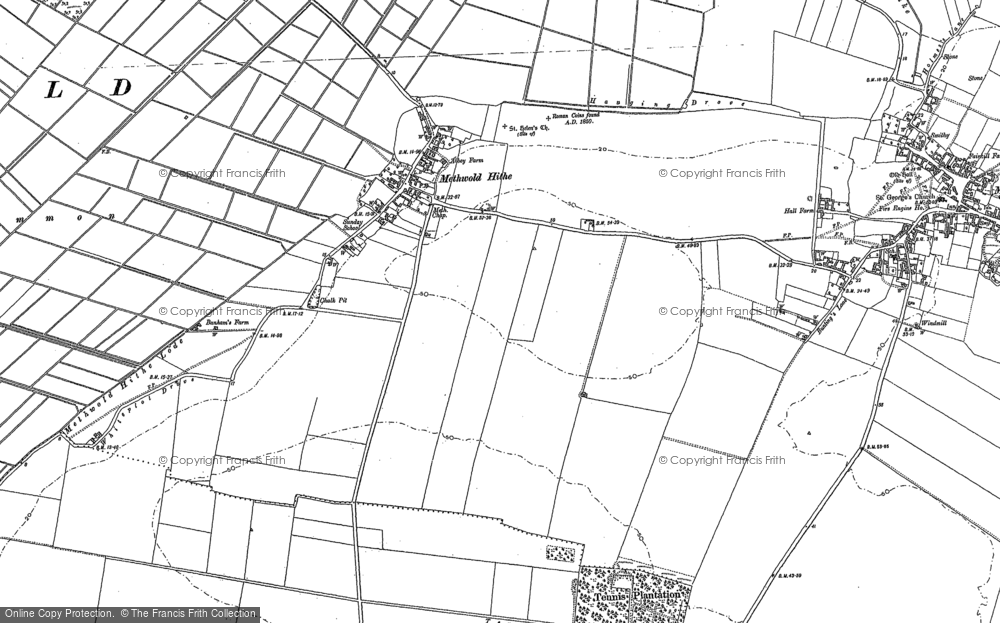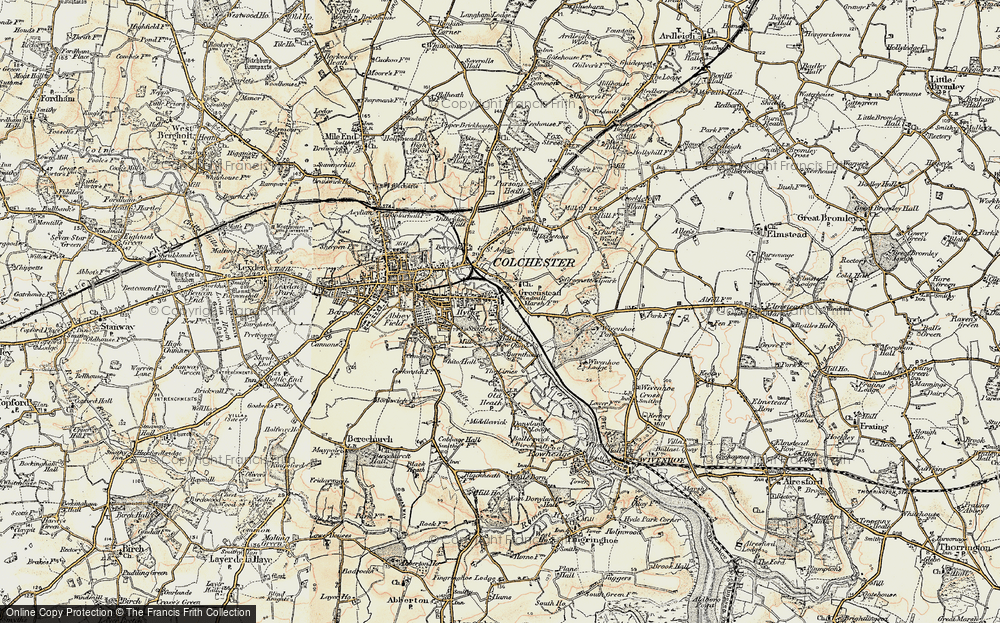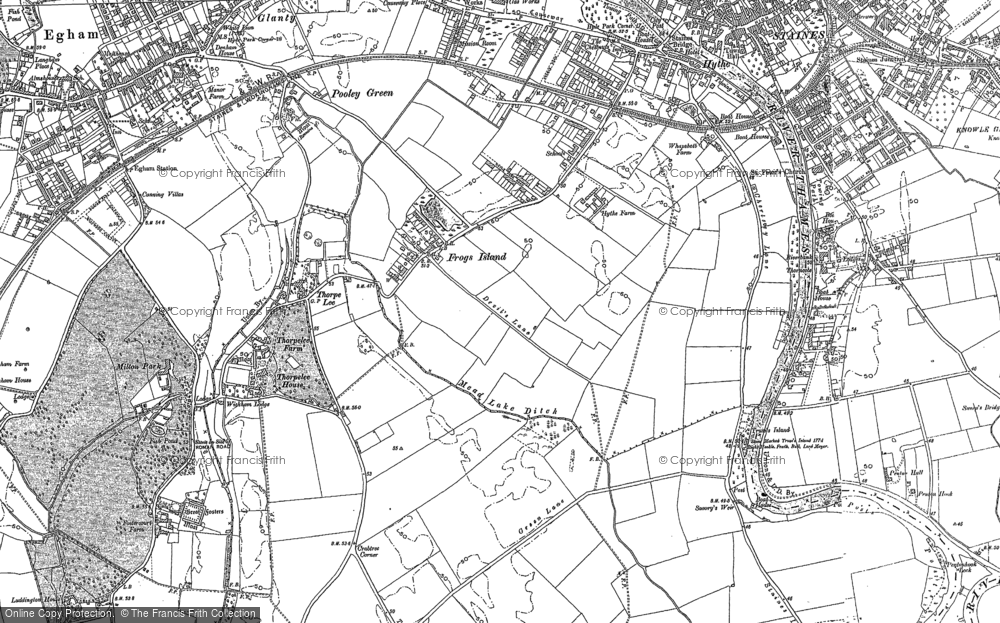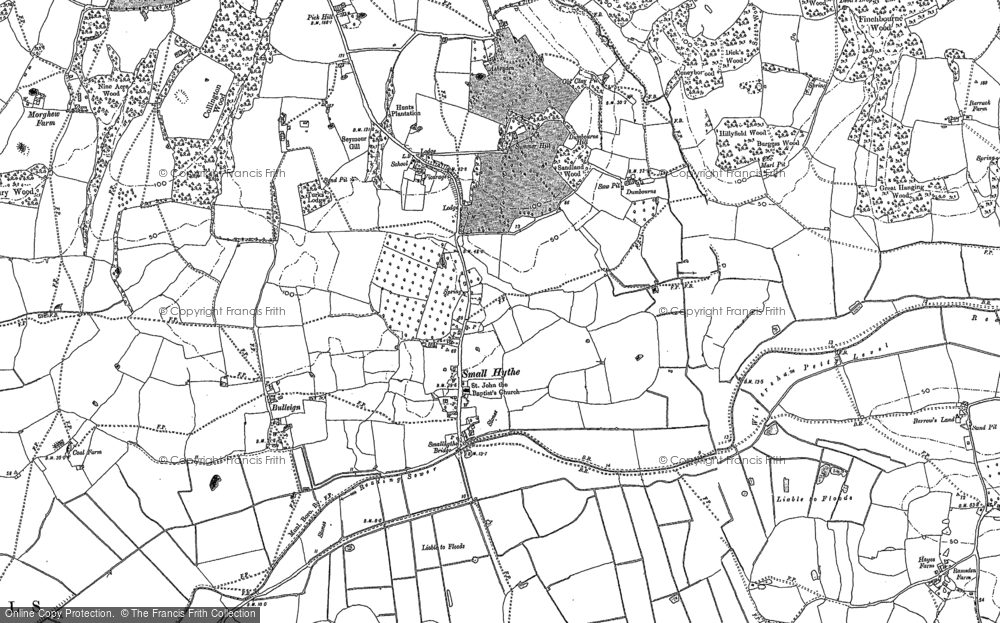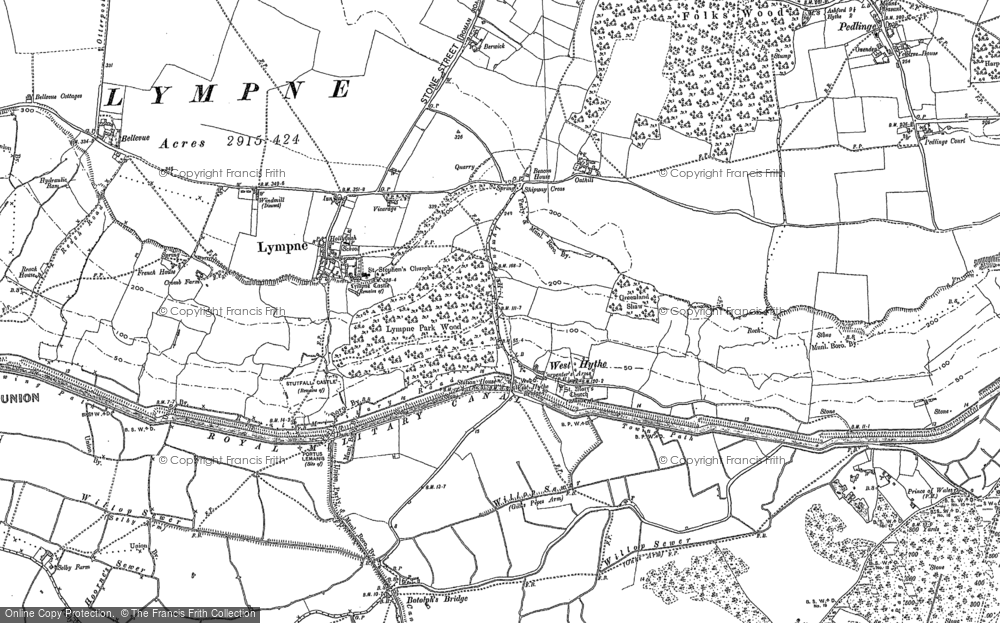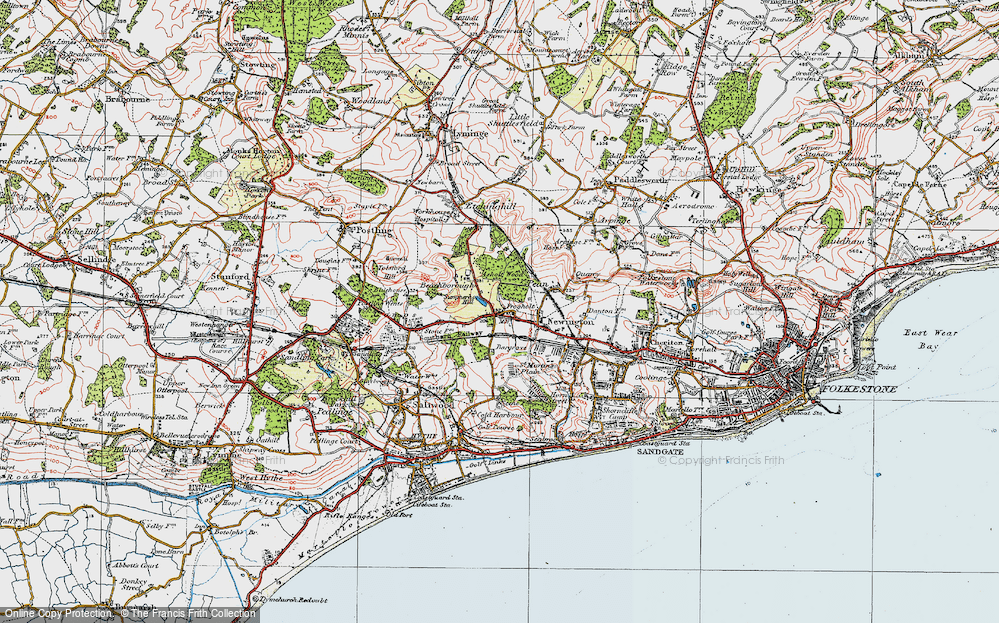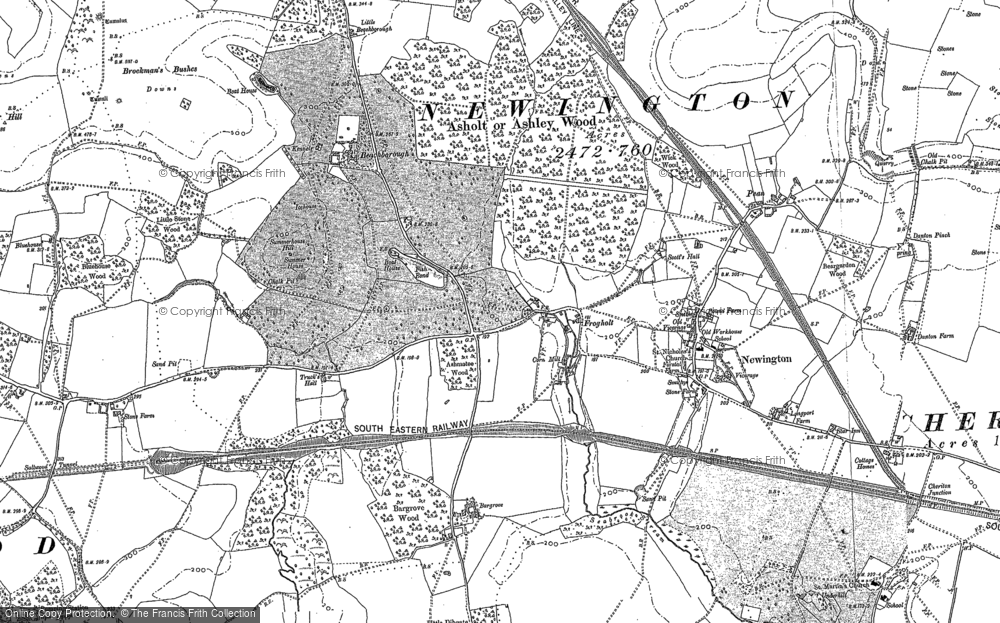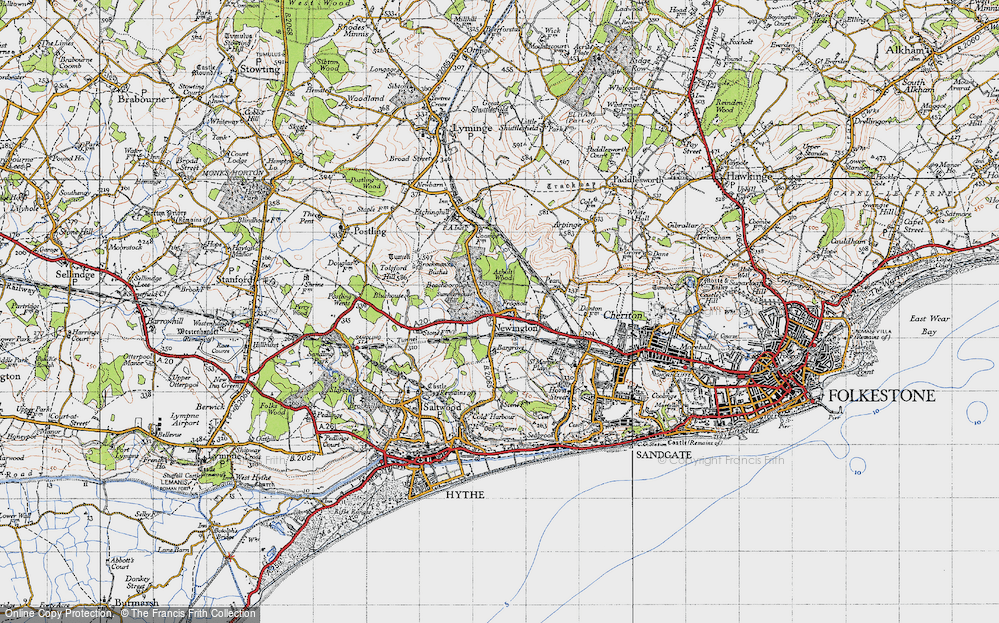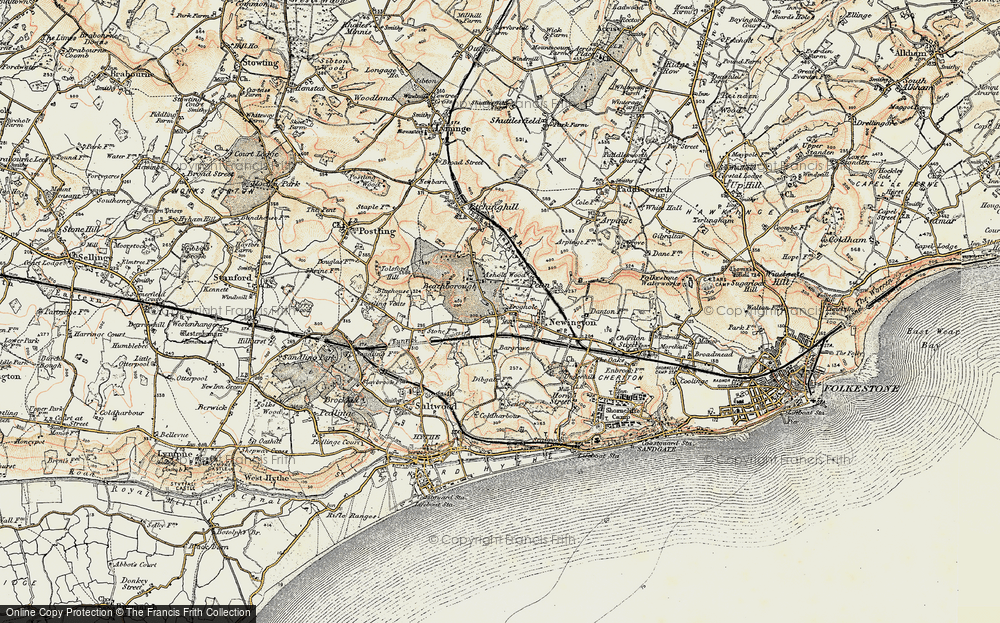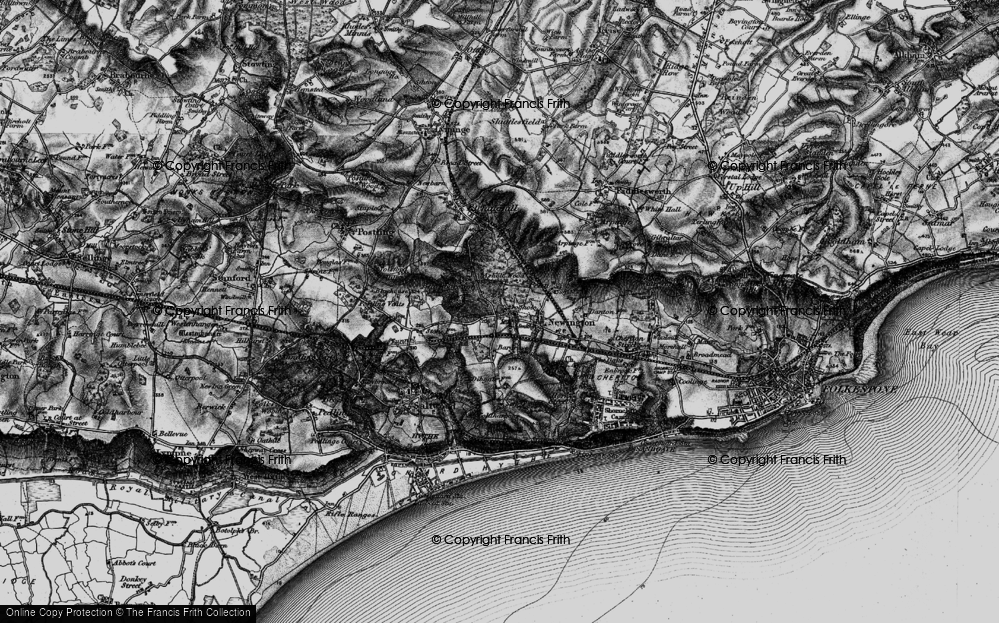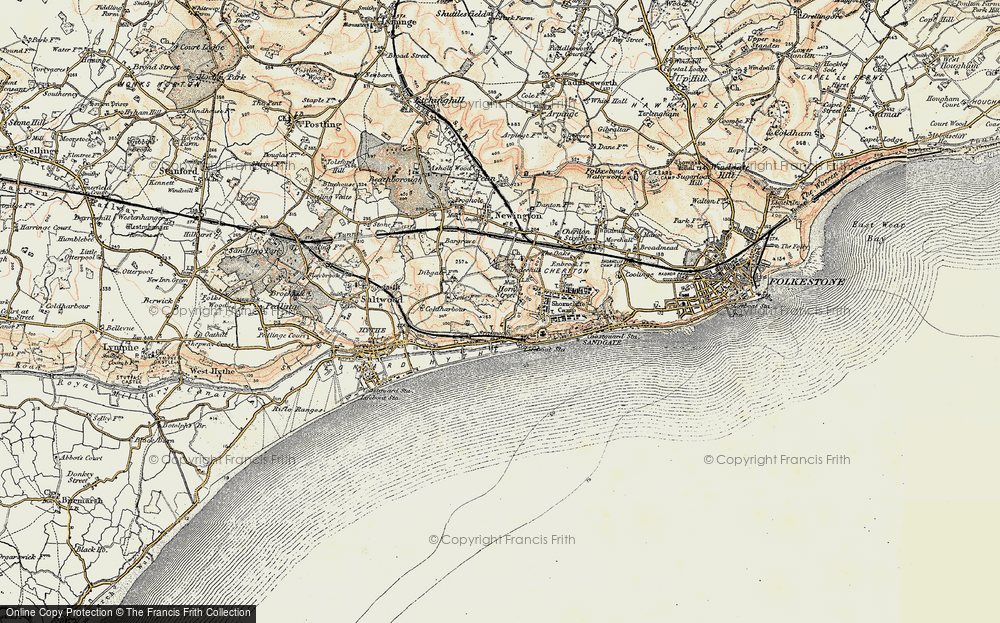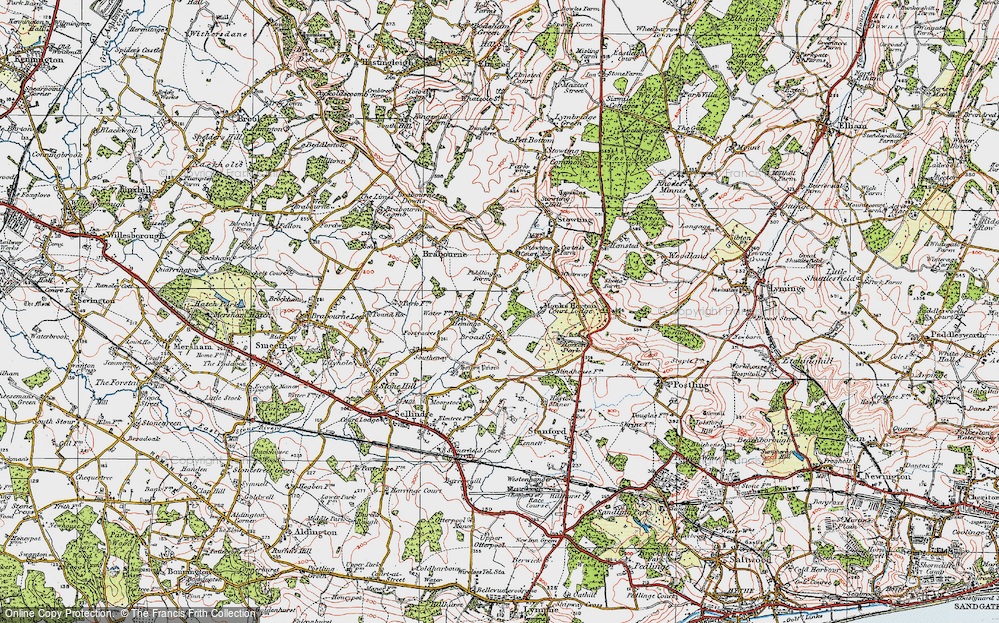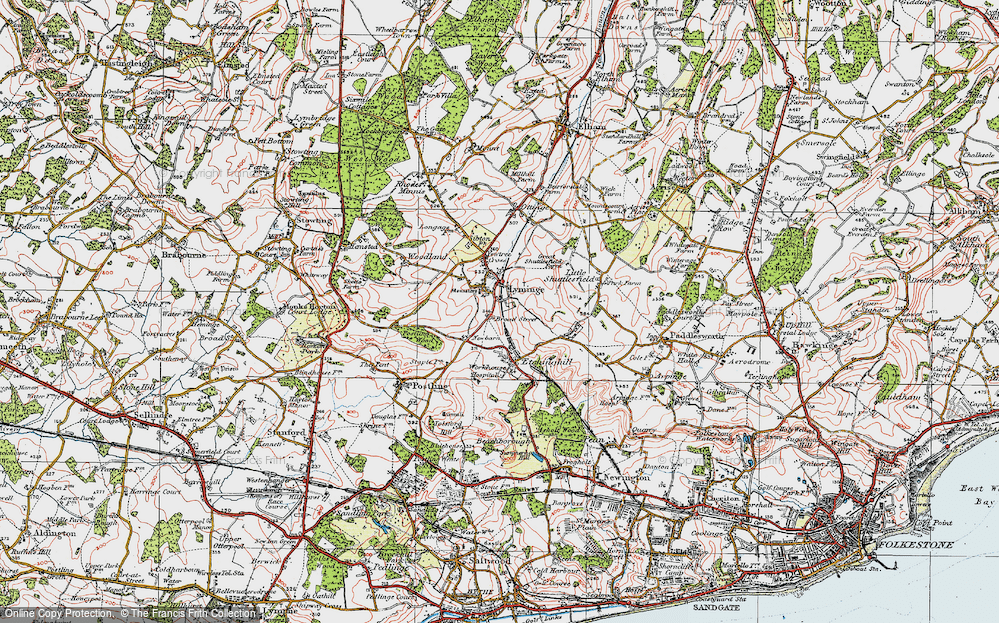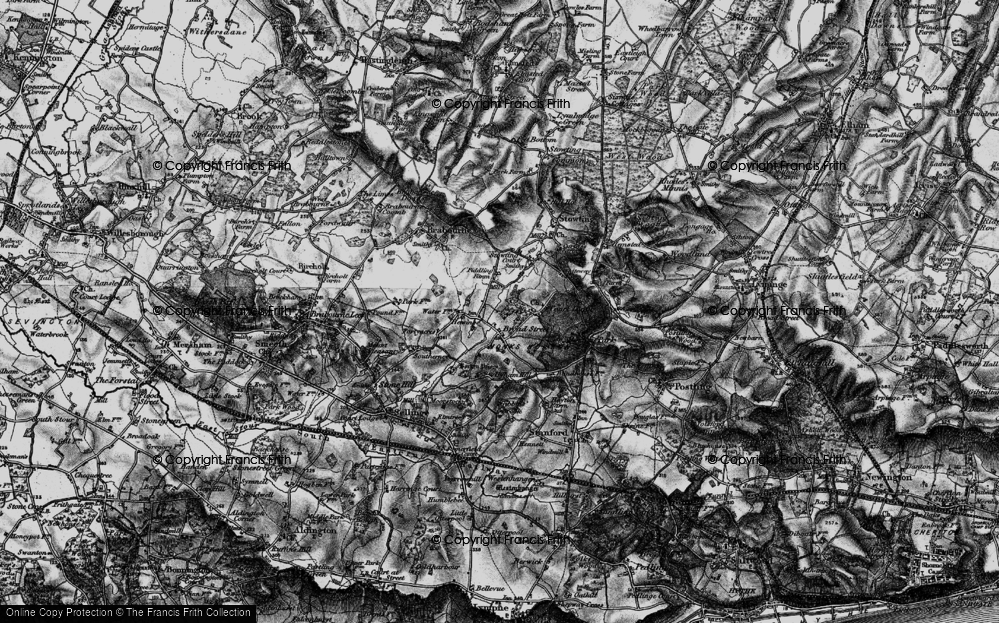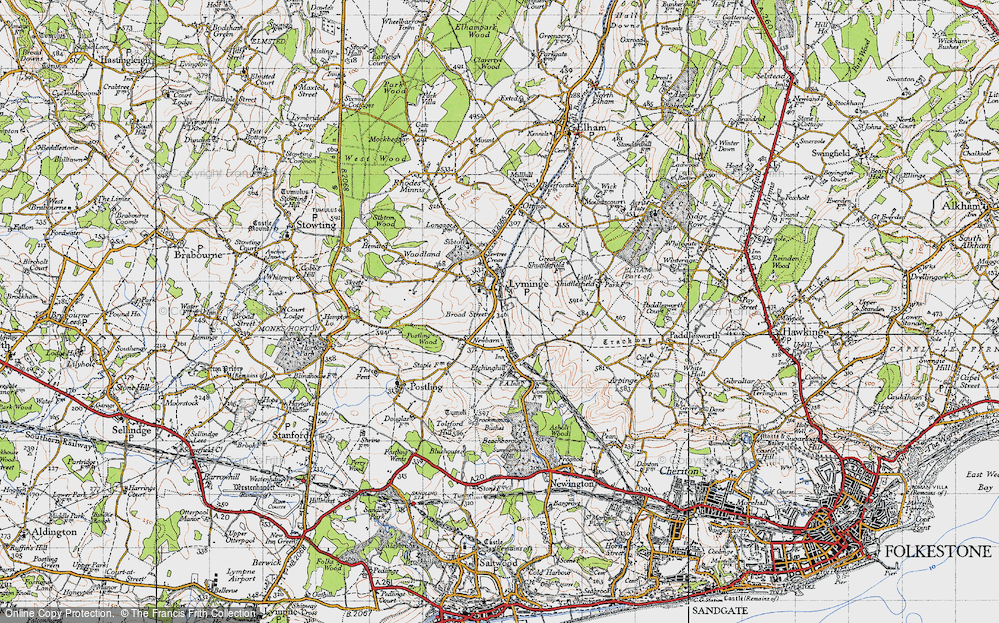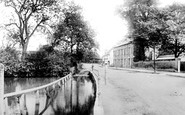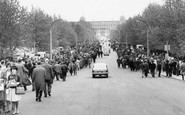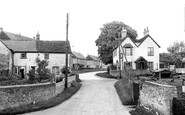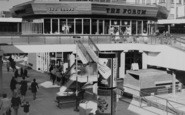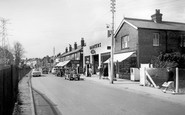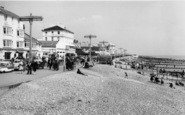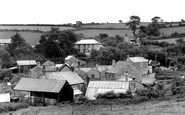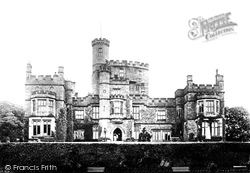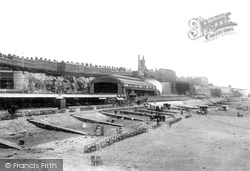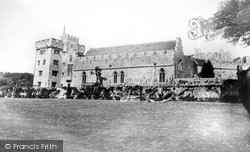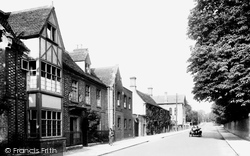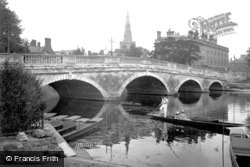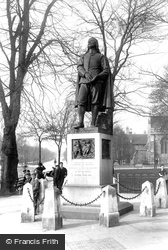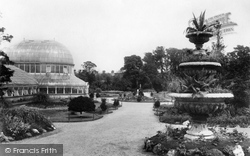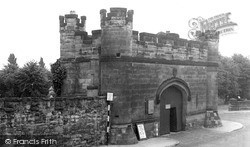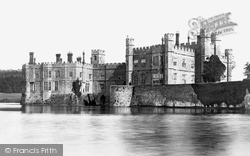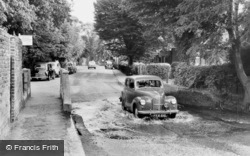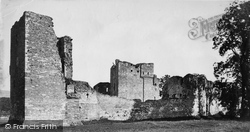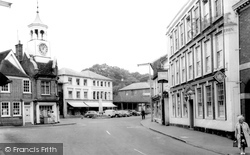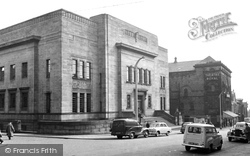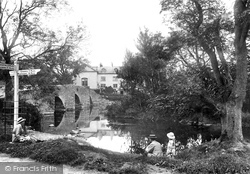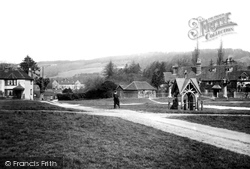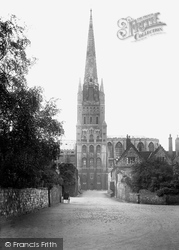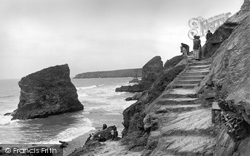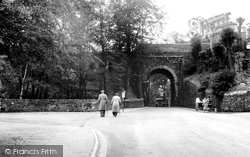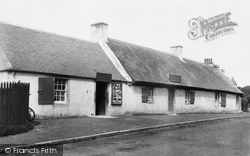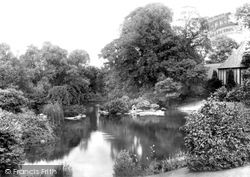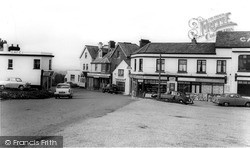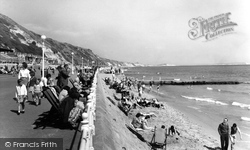Places
18 places found.
Those places high-lighted have photos. All locations may have maps, books and memories.
- Hythe, Kent
- Hythe, Hampshire
- Small Hythe, Kent
- Bablock Hythe, Oxfordshire
- Methwold Hythe, Norfolk
- Hythe, Somerset
- Hythe, Surrey
- Hythe End, Berkshire
- The Hythe, Essex
- Egham Hythe, Surrey
- West Hythe, Kent
- New Hythe, Kent
- Broad Street, Kent (near Hythe)
- Horn Street, Kent (near Hythe)
- Newbarn, Kent (near Hythe)
- Newington, Kent (near Hythe)
- Broad Street, Kent (near Hythe)
- Stone Hill, Kent (near Hythe)
Photos
360 photos found. Showing results 41 to 60.
Maps
101 maps found.
Books
10 books found. Showing results 49 to 10.
Memories
4,406 memories found. Showing results 21 to 30.
The Fairway
I was born at 28 The Fairway in 1946. There was (is) a wide grassed area down the centre of the road making it a kind of dual carriageway. In the years following the 2nd World War there were, "Pig bins", on several sections of the grass ...Read more
A memory of Northolt by
Happy Days
My name is Brian Newman and I was born in Barking in 1942. My old man was a grocer and his shop was Newman Stores in Ripple Road by the Harrow, or as we called it, the "arrer". There was a long row of shops either side of Ripple Road. I ...Read more
A memory of Barking by
Stanmore 1950 52
Hallo , my name is Cliff Bowley. My family moved to Stanmore in 1950 to a very large house called "Belmont Lodge " on the corner of Denis Lane and London Road junction. Does anybody remember it? It was knocked down for development, ...Read more
A memory of Stanmore by
The Leeds And Sunderland Cup Final
I watched so many cup finals on black and white television when I was a boy never dreaming of the day that I might actually be there. But it happened in 1973! Would you believe my neighbour was a long retired ...Read more
A memory of Wembley in 1973 by
Boot Inn 1955, Now The Old Boot, A Private House
Ceased operation as a pub in 1959. Now (2007) privately occupied by the Beran family. Previous owners were a builder who divided the land, the village schoolmaster, and the Jarvis'. A few relics ...Read more
A memory of East Hagbourne by
A Great Pub, Fit For An Emperor!
Ah the Forum! What a fine and individual pub! I often wondered why the brewers, Ind Coope, called their pub this! Anyone any ideas????? I was at Croydon college around the time this photo was taken and rather than going ...Read more
A memory of Croydon by
25 Years In Beaconsfield.
Born in Wembley, I arrived in the New Town of Beaconsfield in 1957 aged 5. With my younger sister and my parents. I left home at 17 but returned occasionally until 1981 when my parents moved to Scotland. I lived in ...Read more
A memory of Beaconsfield by
Geddes The Chemist
In the late 1950's I had an after school/Saturday job with Geddes. I had a pushbike with a basket and used to deliver medicines around Three Bridges & Worth; In addition I used to wash bottles, as in those days liquid ...Read more
A memory of Three Bridges by
Bognor Childhoo Holidays
I came down to Bognor with my family for a three week holiday every summer in the late 50s early 60s, first from Redhill and then from Godalming, Surrey It was mostly on the train, and the last time we came it was in ...Read more
A memory of Bognor Regis by
Rose View
1970 - 1984: As you look at this photo the last building on the right, the barn like cottage with the small window, is Rose View. My mum and dad bought it for £1,000 in 1970, and set to work modernising it as I was due 1971 and my brother ...Read more
A memory of Polgooth in 1970 by
Captions
4,899 captions found. Showing results 49 to 72.
Painted by the artist Turner, it became famous and was much visited. It was built by the Norman Montbegon family just after they arrived in Lancashire.
The beach is overlooked by the Georgian houses of Wellington Crescent. In the centre is the Sands station, owned by the London, Chatham & Dover Railway, which opened on 5 October 1863.
Once owned by the Stradling family, the buildings were bought and restored by the American publisher Randolph Hearst; since 1962 they have been home to the international Atlantic College.
This patterned red-brick Victorian building was occupied from 1916 onwards by the Benedictine nuns of the Adorers of the Sacred Heart of Jesus, of Montmartre, OSB and used as a novitiate house, before
The present bridge was designed by the local architect John Wing. Its foundation stone was laid by the Marquess of Tavistock, the eldest son of the Duke of Bedford, in 1811. The costs proved high.
This statue of one of Bedforshire's famous sons was made by the noted sculptor, Boehm, in 1873, and presented to the town by the then Duke of Bedford in June 1874.
Its expenses were met by the subscriptions of the members, fees from letting others use the park, and an exhibition hall.
The Normans built a wooden motte and bailey castle at Tamworth soon after the conquest on the site of the Mercian fortifications of 913, but this was replaced by the shell-keep and tower that still stand
Originally a wooden Saxon fortress built on two islands in a natural moat formed by the river Len, it was transformed into a solid stone castle at the beginning of the 12th century by the Norman baron
One of the best-recognised beauty spots in Rickmansworth, the Splash (the town ditch), which is being crossed by the Austin A40, had originally been part of the drive to Bury Manor House, whose gates can
Lying alongside the Roman fort 'Brocavum', the castle dates from the 12th century and was held by the Veteripont, and later the Clifford family.
The Market Place is dominated by the Moot Hall, rebuilt by the Bedford Estate in 1852 in Jacobethan style with the re-used clock cupola from the 18th-century predecessor bursting from the roof in a bizarre
Another potential library site was released by the closure of the Ramsden Street Chapel in 1933, which was bought by the council and demolished in 1936 along with the adjacent late-1830s 'Guild
A family picnic by the five-arched bridge originally built in the 16th century over the River Leven.
Overlooked by the slopes of Box Hill and the sweep of the North Downs, this delightful village acquired its name from the badgers whose setts were by the River Mole.
South of Ollerton is Rufford Country Park, run by the County Council.
Wonderful as this view is, admiration is tempered by the knowledge that the road leading to the south transept was created by the demolition in the 1830s of the mainly 12th-century monastic dormitory and
These huge foreshore stacks, one of Cornwall's most famous sights, were formed by the erosion of softer rocks around them.
Once a thriving, populous town dependent on its coal and steel industries, the town was deeply affected by the problems faced by the British Steel Corporation in the 1970s.
The cottage was rebuilt by the poet's father and later became an inn. In 1881 it was purchased by the trustees of the Burns Monument and opened as a museum.
The Pest House was built c1622 by the churchwardens and overseers as a cottage for the poor on land given by Julian Smith, a linen draper.
An extraordinary view: for instead of the great chateau by the French architect, Destailleur, Frith's photographer chose to photograph the lake down by the home farm whose granary can be see out on the
This part of Yelverton, separated from the rest of the village by the main road, goes by the curious name of Leg O'Mutton.
By the 1950s, Southbourne had been almost completely swallowed up by the expanding Bournemouth district.
Places (18)
Photos (360)
Memories (4406)
Books (10)
Maps (101)


